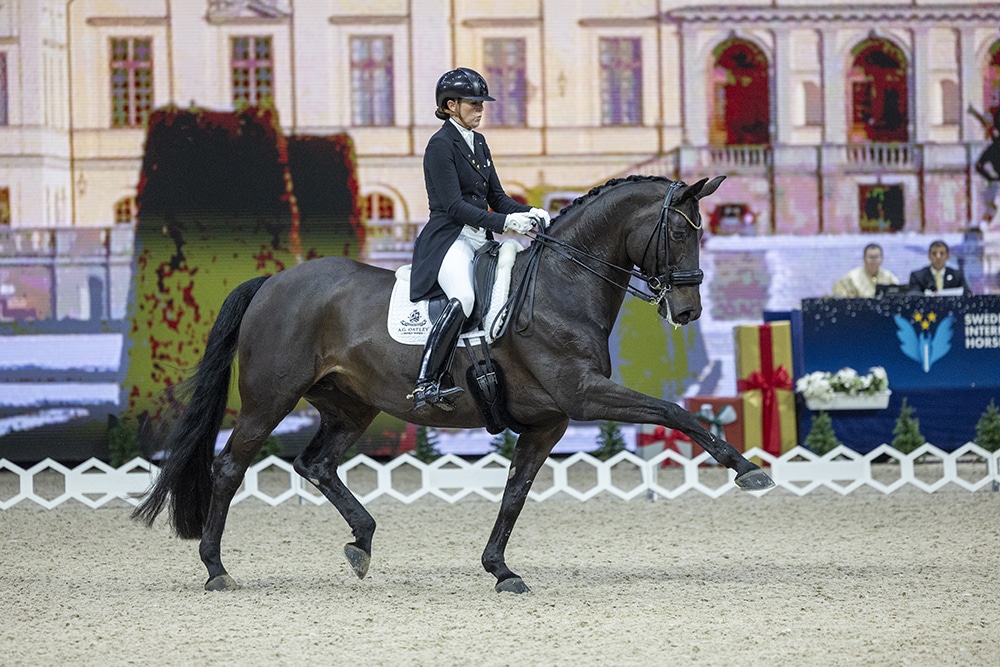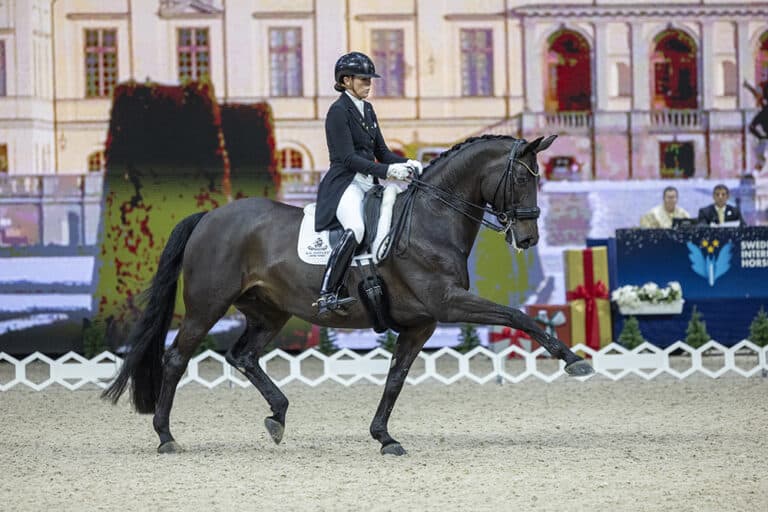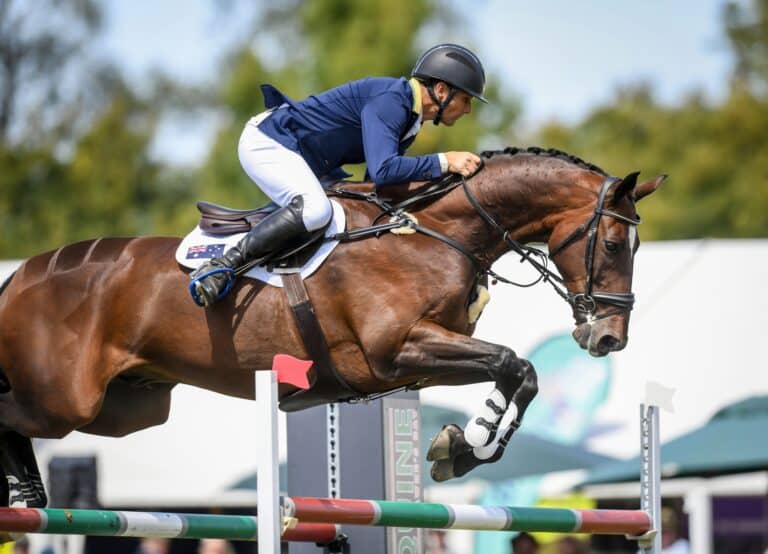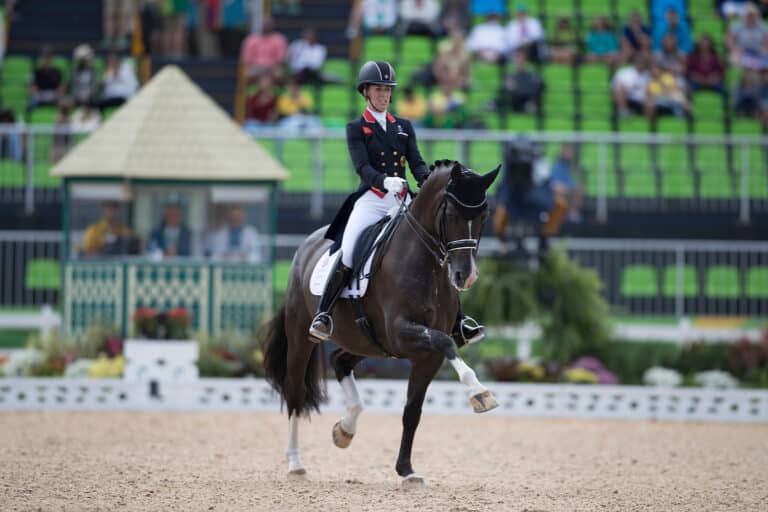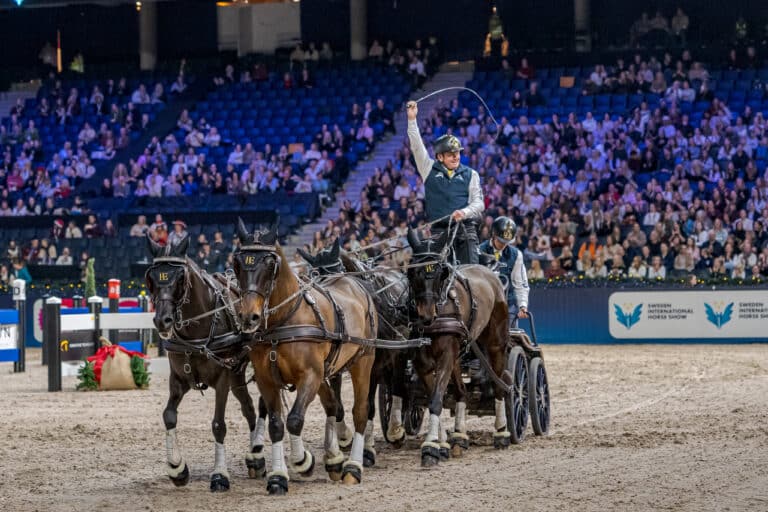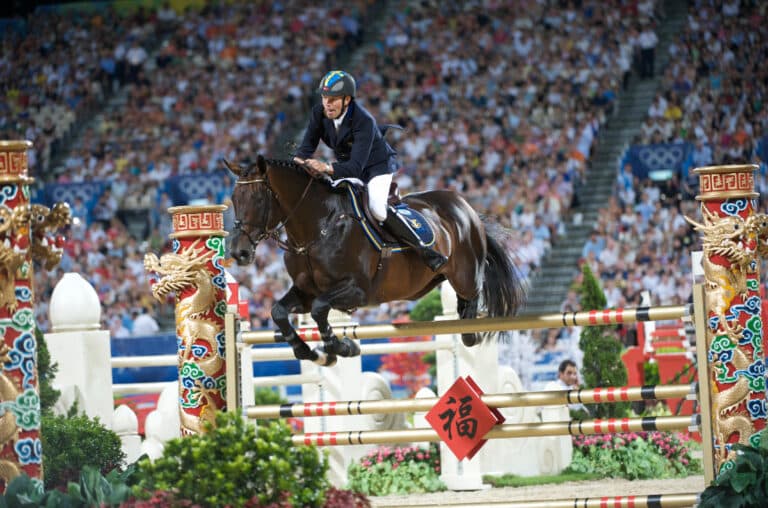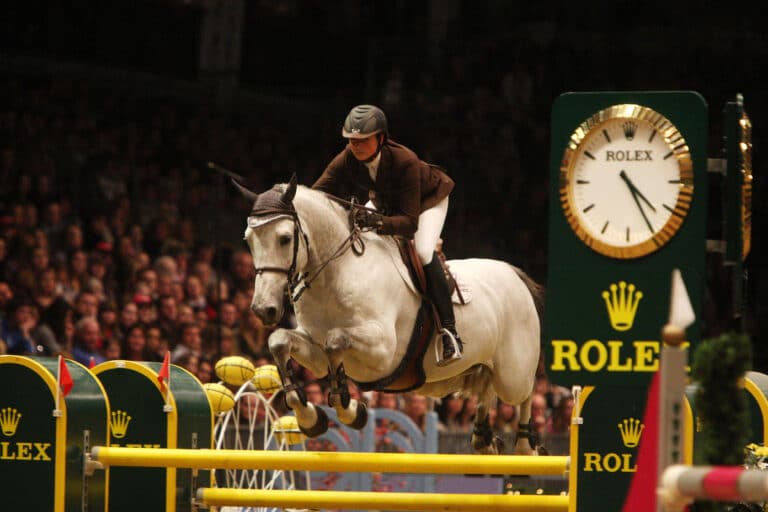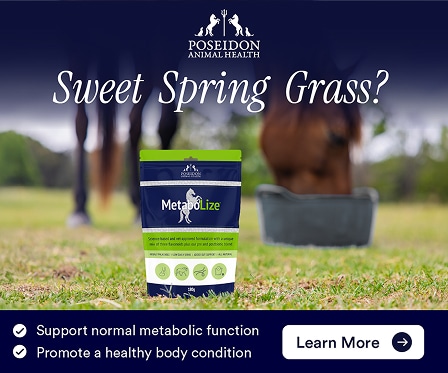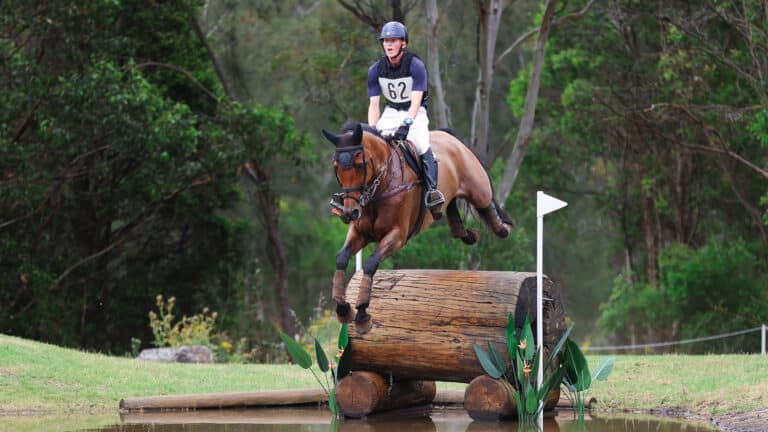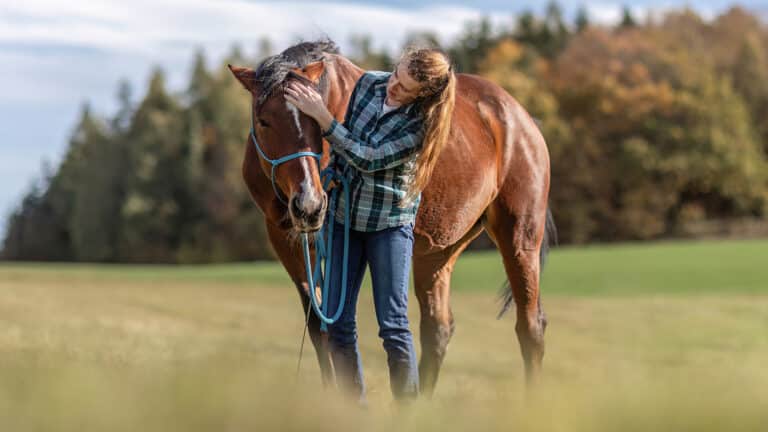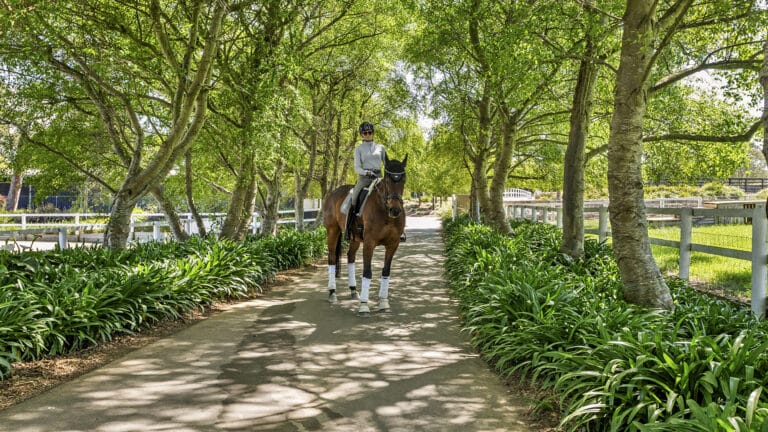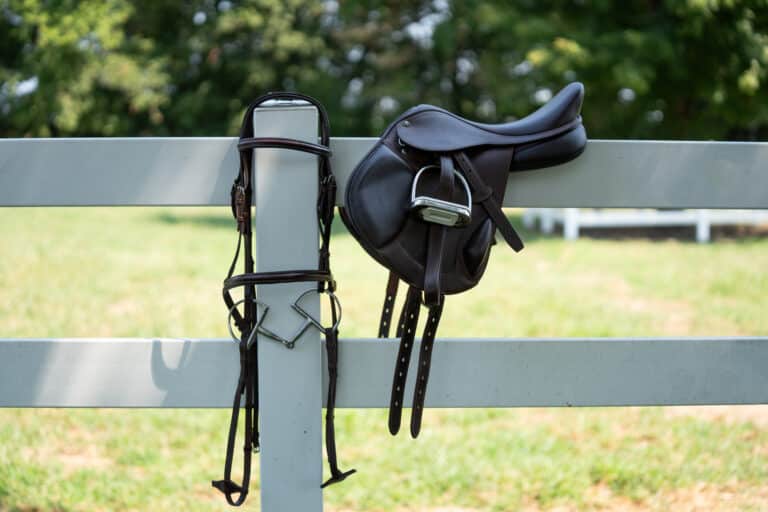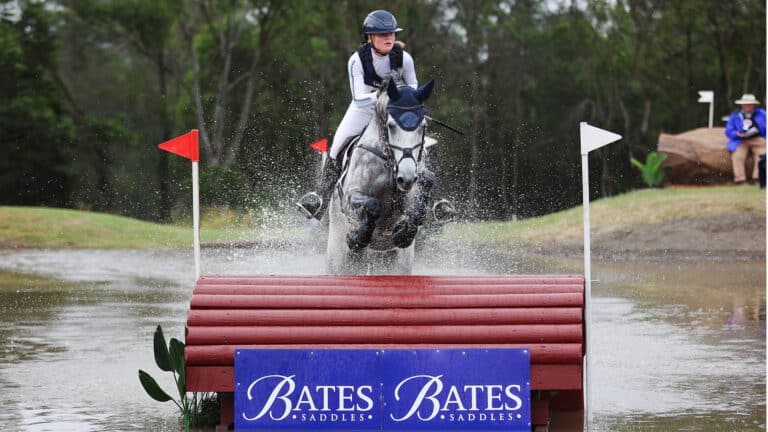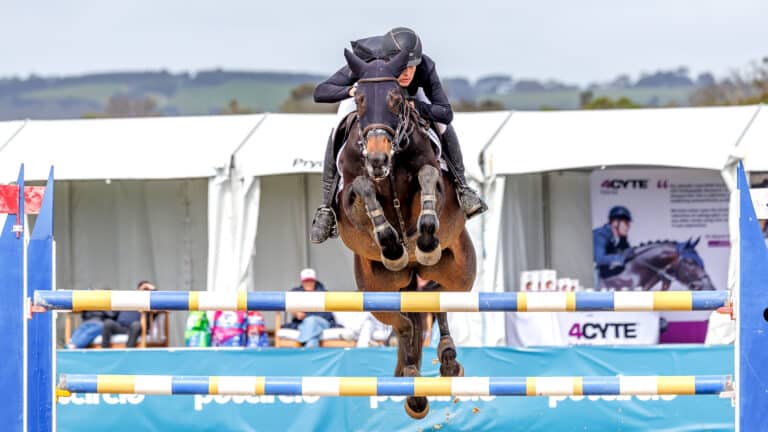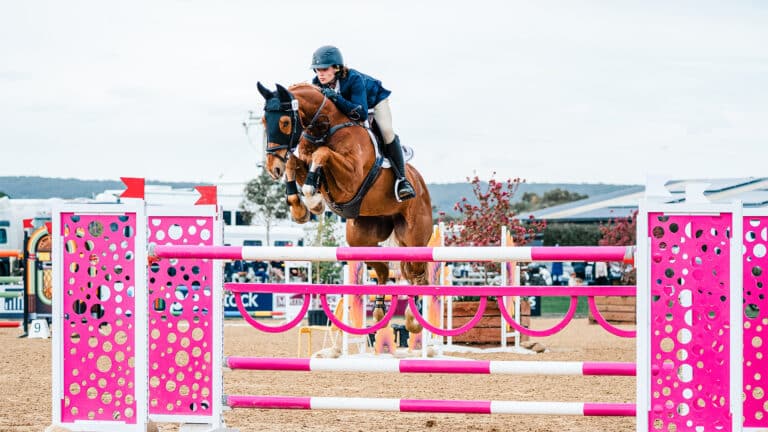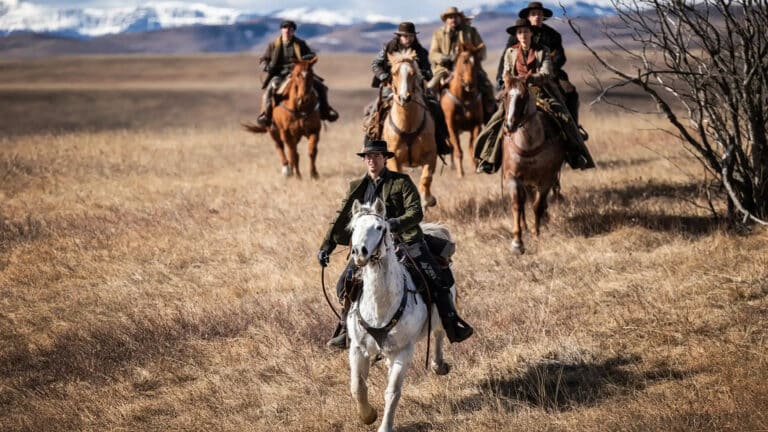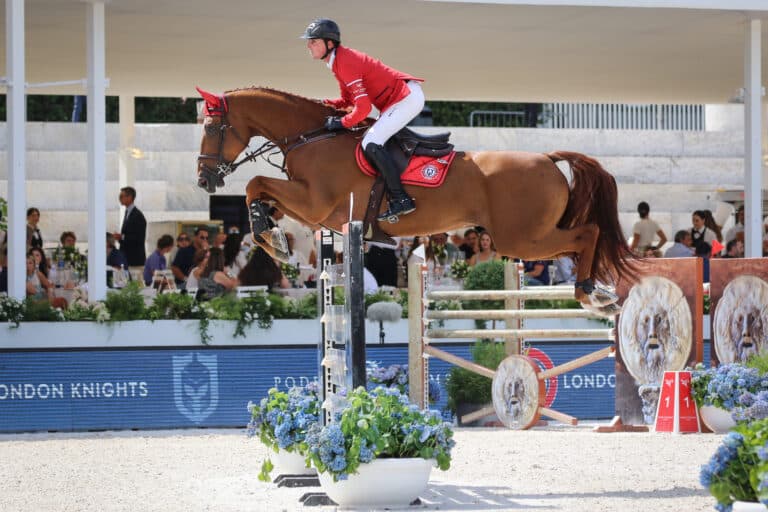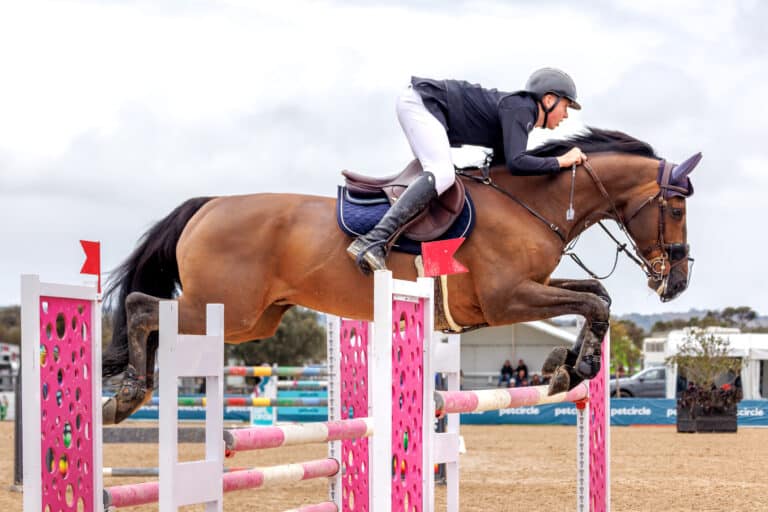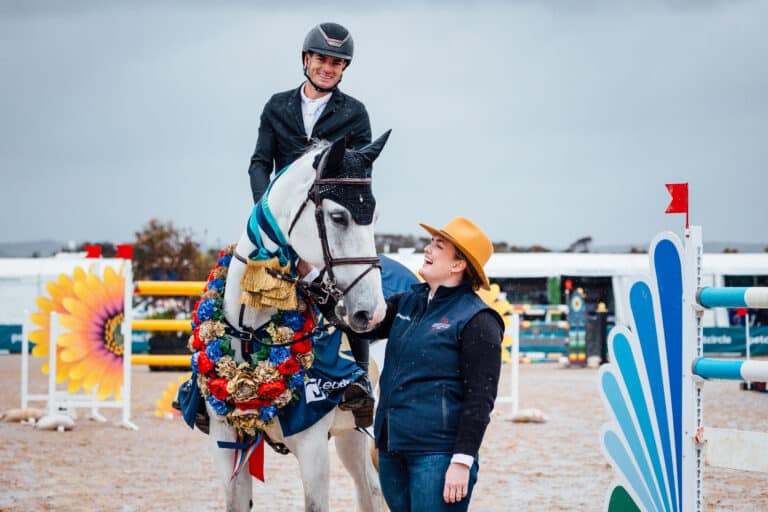Latest News
Australian Olympian Lyndal Oatley and rising partner Forever Young HRH impressed at the Stockholm International Horse Show as their new partnership continues to build momentum on the international stage.
The 2026 Horse of the Year Show has been cancelled after organisers were unable to secure the funding required to deliver the nation’s premier equestrian event.
The dressage world is mourning the loss of two legends, with Carl Hester and Charlotte Dujardin leading heartfelt tributes to Valegro and Uthopia after the iconic partners were farewelled together following age-related health challenges.
Australian driving star Boyd Exell soared ahead in Stockholm, Sweden, to win the fourth leg of the FEI Driving World Cup season – despite a broken foot.
The 2025 WBFSH Top 100 Eventing Sire Rankings celebrate the stallions shaping international sport horse breeding. Diarado has maintained at #1 from last year as well as holding #13 in the WBFSH top 100 jumping sires.
The 2025 WBFSH Top 100 Jumping Sire Rankings celebrate the stallions shaping international sport horse breeding. KWPN stallion Cornet Obolensky has climbed to #1, narrowly ahead of last years #1 Kannan.
Equestrian Life Magazine
More about Jumping
The 2025 WBFSH Top 100 Jumping Sire Rankings celebrate the stallions shaping international sport horse breeding. KWPN stallion Cornet Obolensky has climbed to #1, narrowly ahead of last years #1 Kannan.
Three-time Olympic gold medallist Ben Maher has announced that his legendary partner, Explosion W, owned by Charlotte Rossetter and Pamela Wright, will officially retire at this year’s London International Horse Show, taking place from 18–22 December at Excel London.
Sam Williams, Charlie Magnier and Jack Barker capped off an action-packed week at Boneo Park, each claiming national titles as the 2025 Pet Circle Australian Jumping Championships concluded in thrilling fashion across the Future Stars, Junior and Mini Prix divisions.
Tom McDermott and Oaks Ventriloquist have been crowned 2025 Australian Senior Champions at Boneo Park, delivering a thrilling performance in testing conditions to claim Tom’s fourth national title ahead of a world-class field.


